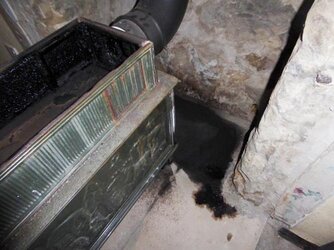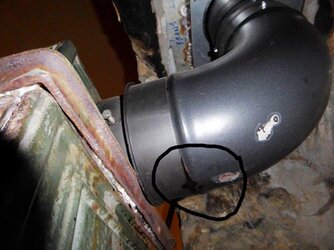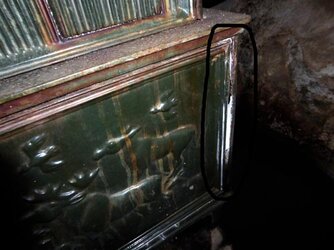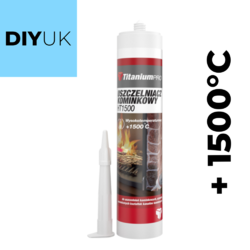How best to deal with a large puddle of tar on the hearth after the stove was allowed to cool over night?
I have at last managed to acquire an original green enameled Jotul 118 and I am learning to use it. That has to be by trial and error as these are scarce here in the Highlands of Scotland. I've been looking for one of these for years and with the rise in the cost of fuel, their value has rocketted. I was careful to check that none of the panels were cracked but missed checking the studs that hold the panels together. Sadly, a lot of them were either missing or damaged. But I was lucky as there's a small local engineer who specialises in such work ad he was able to fix the stove.
Assembly was easy enough after all joins and channels were wire brushed and sealed with high temperature resistant silicone. All good!
At the first trial, I made the mistake of leaving the damper/air ventilator in the door about half open and returned later to find the rear of the stove red hot! I let it cool down slowly and no harm was done. At the next fire up, I watched the burn carefully and soon my small house was cosy warm. I was impressed how the stove was still warm next morning after burning a full load of soft wood (Scots Pine and Larch at 16% - 20% moisture) all night. My next trial was leaving the air vents fully closed over night. "Fully closed" is misleading as the vent is not draft proof. However, this turned out to be a big mistake!
The house now stinks of burning tar and there is a large tar stain on the hearth. Forunately, I am an old bachelor and not at all house proud but I still think I need to clear this up! I have researched on here and on the internet and apparently if the temperature of the stove is allowed to fall, condensation in the flue drops down to collect where at bend into the stove. Obviously, I shall have to reseal the flue joints and be more careful in future.
So, how do I clear up the tar? Which of the commercial tar removers works best? Or is there a DIY solution? My carbon monoxide detectors did not go off but I understand this is not the danger as it is only heavy condensates that have landed on the hearth.
I have at last managed to acquire an original green enameled Jotul 118 and I am learning to use it. That has to be by trial and error as these are scarce here in the Highlands of Scotland. I've been looking for one of these for years and with the rise in the cost of fuel, their value has rocketted. I was careful to check that none of the panels were cracked but missed checking the studs that hold the panels together. Sadly, a lot of them were either missing or damaged. But I was lucky as there's a small local engineer who specialises in such work ad he was able to fix the stove.
Assembly was easy enough after all joins and channels were wire brushed and sealed with high temperature resistant silicone. All good!
At the first trial, I made the mistake of leaving the damper/air ventilator in the door about half open and returned later to find the rear of the stove red hot! I let it cool down slowly and no harm was done. At the next fire up, I watched the burn carefully and soon my small house was cosy warm. I was impressed how the stove was still warm next morning after burning a full load of soft wood (Scots Pine and Larch at 16% - 20% moisture) all night. My next trial was leaving the air vents fully closed over night. "Fully closed" is misleading as the vent is not draft proof. However, this turned out to be a big mistake!
The house now stinks of burning tar and there is a large tar stain on the hearth. Forunately, I am an old bachelor and not at all house proud but I still think I need to clear this up! I have researched on here and on the internet and apparently if the temperature of the stove is allowed to fall, condensation in the flue drops down to collect where at bend into the stove. Obviously, I shall have to reseal the flue joints and be more careful in future.
So, how do I clear up the tar? Which of the commercial tar removers works best? Or is there a DIY solution? My carbon monoxide detectors did not go off but I understand this is not the danger as it is only heavy condensates that have landed on the hearth.





